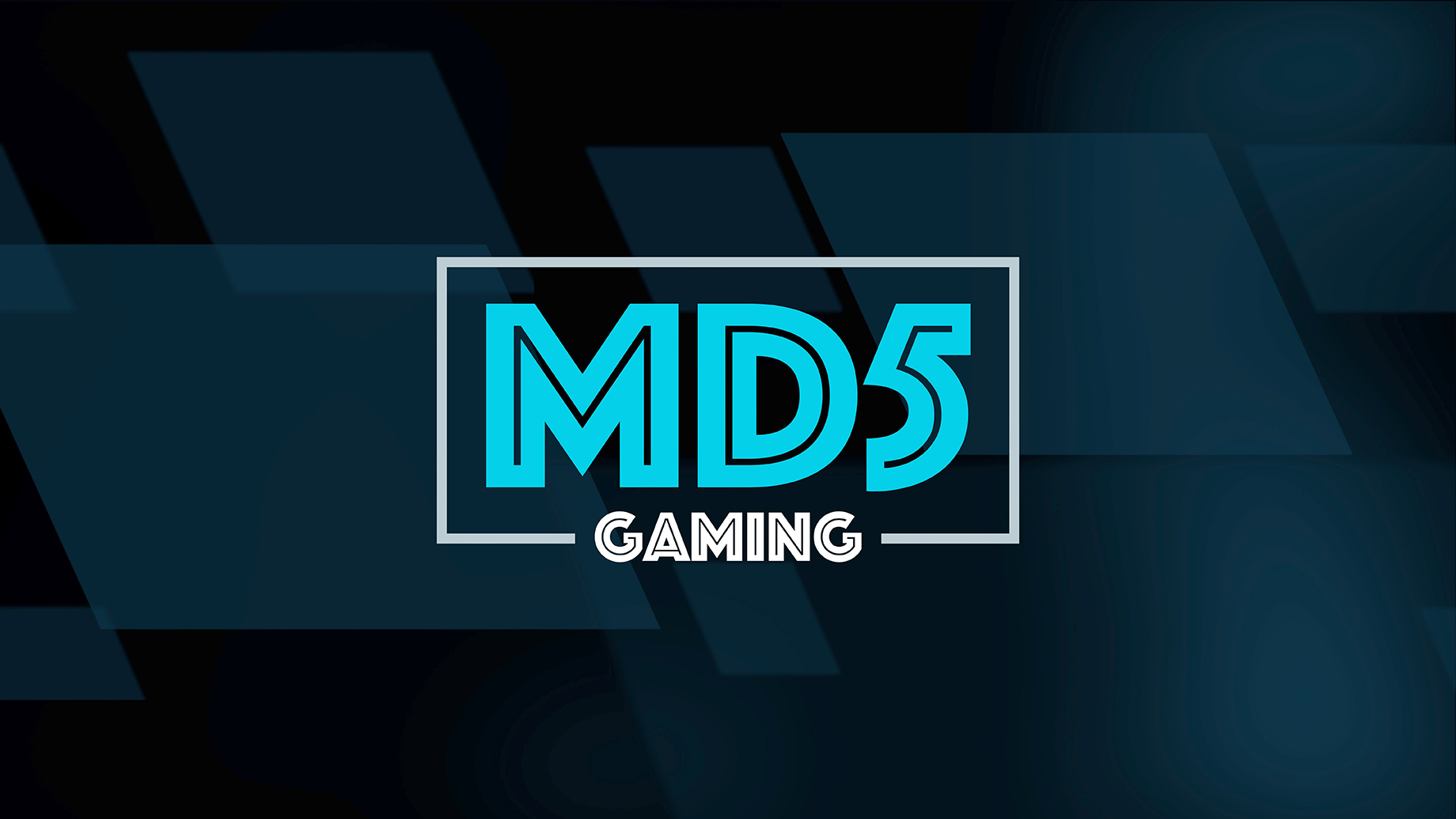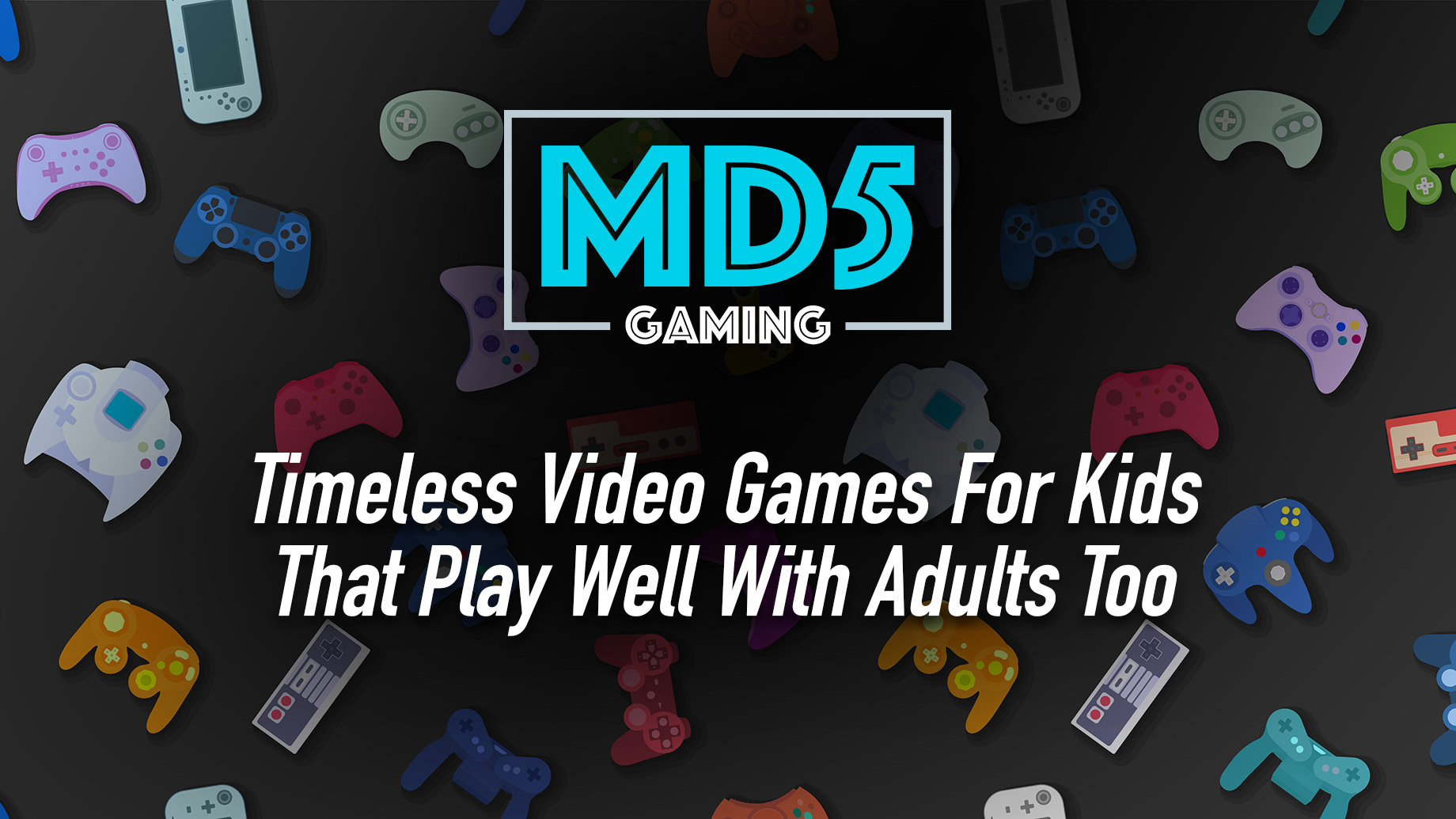
Often, video game publishers and developers today do not give kids enough focus, by comparison to the extent that SEGA and Nintendo did in the 1990s, and continue to do now. Over the years, there’s been some definite classics beyond Sonic the Hedgehog and Super Mario, which stand up to the test of time, and can be played and enjoyed by adults, just as much as they can by kids and children. Most of them are not available to purchase as digital copies, although you can hope for a remake or search eBay for a resale.
Here are some recommendations of games for kids that meet the seal of quality:
Toy Story 2: Buzz Lightyear to the Rescue
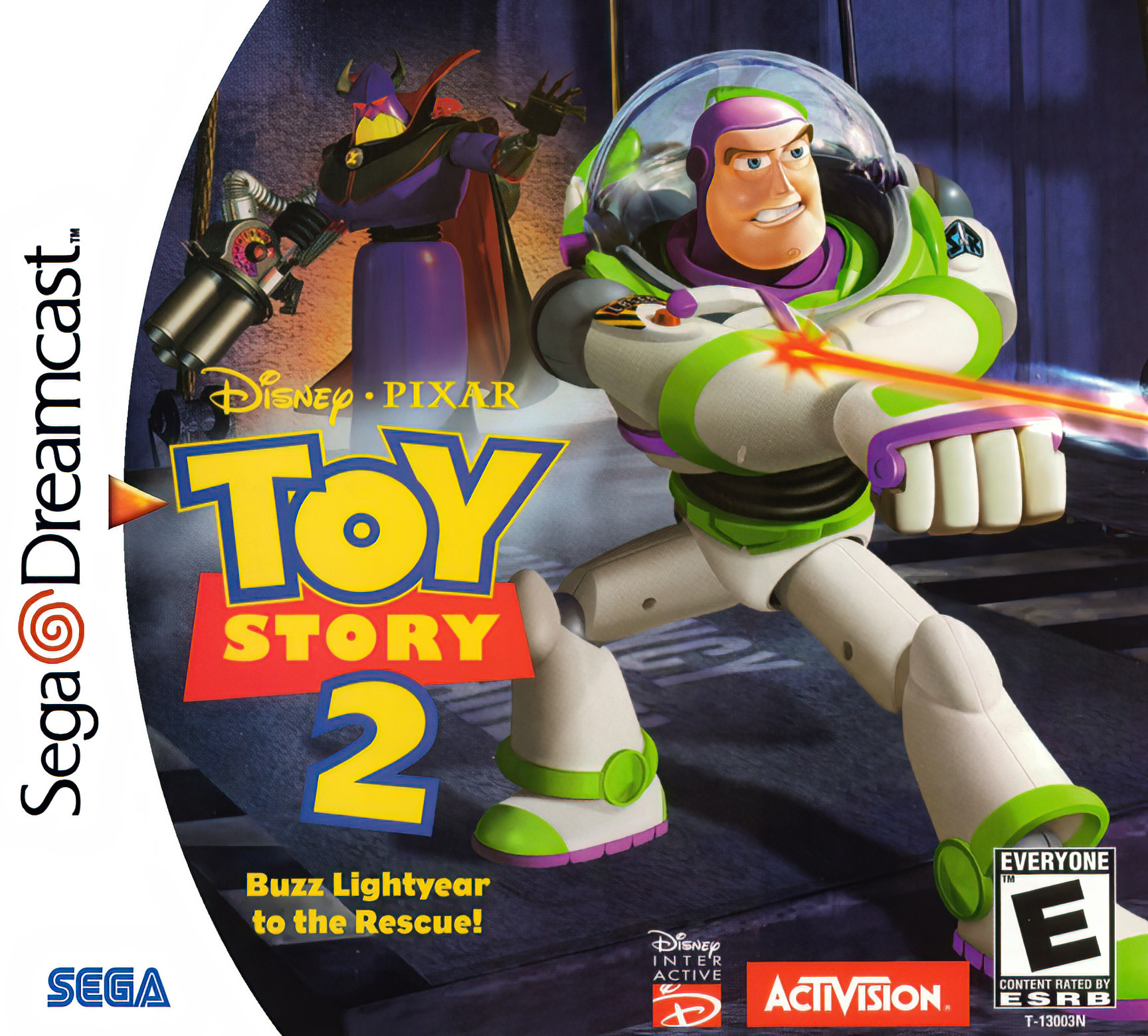
Aside from being a fantastic film in its own right (it’s from Pixar, after all), Disney Interactive Studios created an awesome companion video game to go along with one of the finest movies made by the now-illustrious studio.
Following along with the movie’s events (albeit with more video game-y elements like boss fights added in), you play as Mr. Infinitely Beyond himself, Buzz Lightyear, as he looks to save Woody and collect Pizza Planet tokens at the same time.
The level design was on point in Buzz’s adventure, incorporating realistic and well-thought-out locations that were in keeping with the plot of the beloved movie. The tasks of the levels always contained the same objective types; rescue/find five particular objects, a boss fight, return a set amount of coins to Hamm, a race/timed objective, and an objective unique to one of the ten main levels, plus five boss fight levels.
Buzz controlled well, and the platforming had just the right amount of complexity and difficulty to it, as failing or being unfortunate enough to make a misstep made you blame yourself and not the game.
The game also featured special power-ups that had to be unlocked in later levels, making some objectives non-completable the first time around, mixing in a nice dose of replay value.
Toy Story 2: Buzz Lightyear to the Rescue was initially released in late 1999 for the Nintendo 64, PlayStation, Microsoft Windows, and Macintosh, while a Sega Dreamcast version followed in 2000. The game has been re-released several times as a downloadable game for PlayStation 3 and PlayStation Portable in 2011, the PlayStation Vita in 2012, and PlayStation 4 and PlayStation 5 in 2022.
The Simpsons: Hit & Run
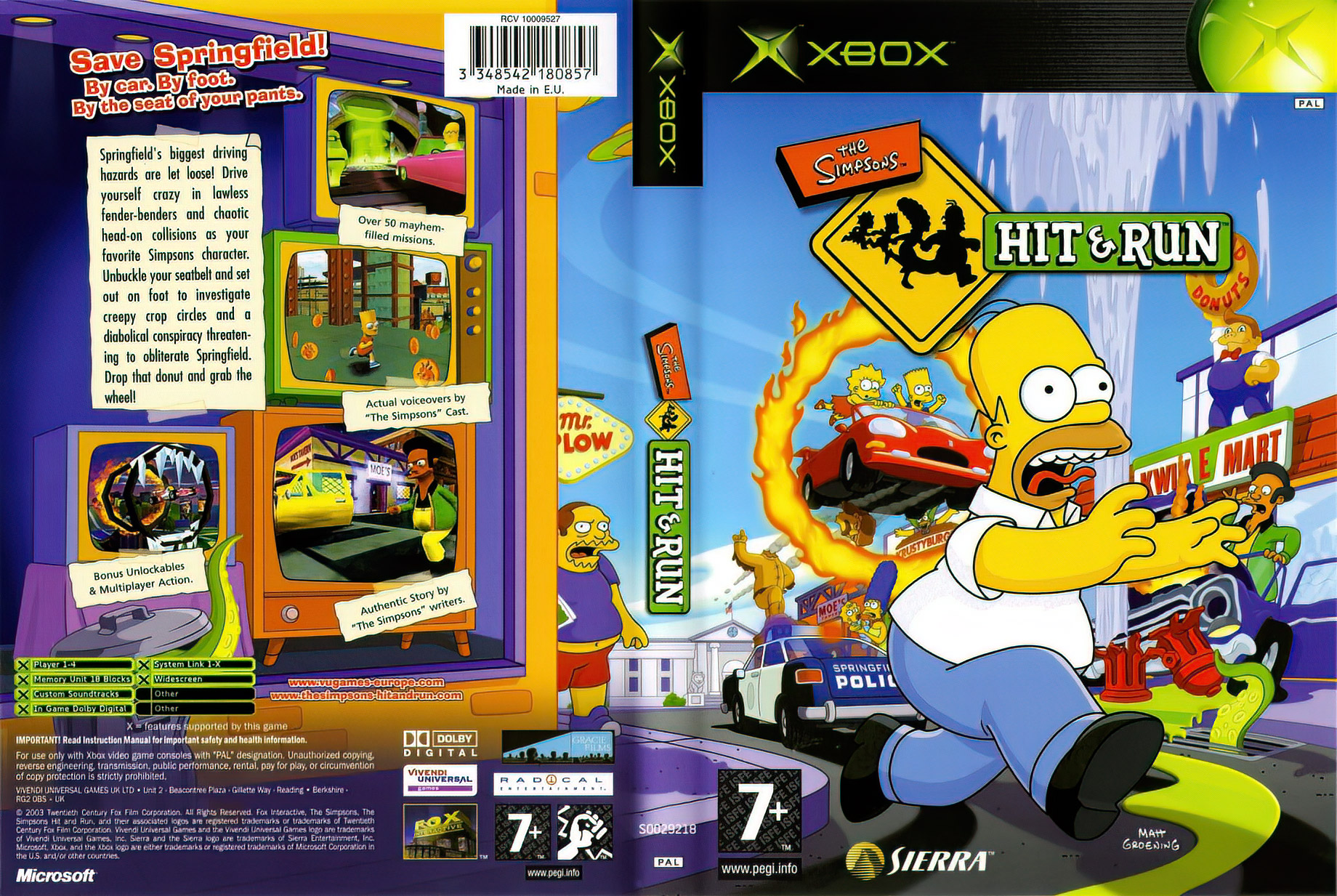
Sometimes unfairly labelled as merely “Grand Theft Auto, but it’s The Simpsons,” The Simpsons Hit & Run is so much more than that.
Beyond being an ode to fans of the record-breaking TV show (like many other Simpsons video games have been, but most lacking severely in the quality department), this game finally liberated Springfield as an open environment for players to explore and create moderate chaos in.
In this open-world romp around the Simpsons’ hometown, strange black vans start popping up across the city, with unusual floating cameras made to look like wasps coinciding with conspicuous vehicles’ appearance. There’s also something very odd about the new Buzz Cola that’s just been released, with bizarre behaviour exhibited by those that drink it. It’s up to America’s favourite family to get to the bottom of the mystery.
On its face, The Simpsons: Hit & Run serves up its relatively simple mechanical platter of running, jumping, and driving in a vanilla and unextraordinary manner. Good-by all means, but nothing that hasn’t been done before.
However, combine that with the sheer amount of additional content hidden throughout the various levels like the collector cards, hidden missions, races, costumes, vehicles, wasp cameras, and the gags and jokes littered around that serve as callbacks to running gags on the show.
Not so much a love letter to fans as it is a Christmas FedEx package, the game has enough meat on its bones for non-fans to get their teeth into. There are many hours to be lost in playing this fun game.
The Simpsons Hit & Run was released in September 2003 for the Nintendo GameCube, PlayStation 2, and Xbox. It was then ported to Microsoft Windows two months later. The game has not received a re-release.
Bugs Bunny: Lost in Time
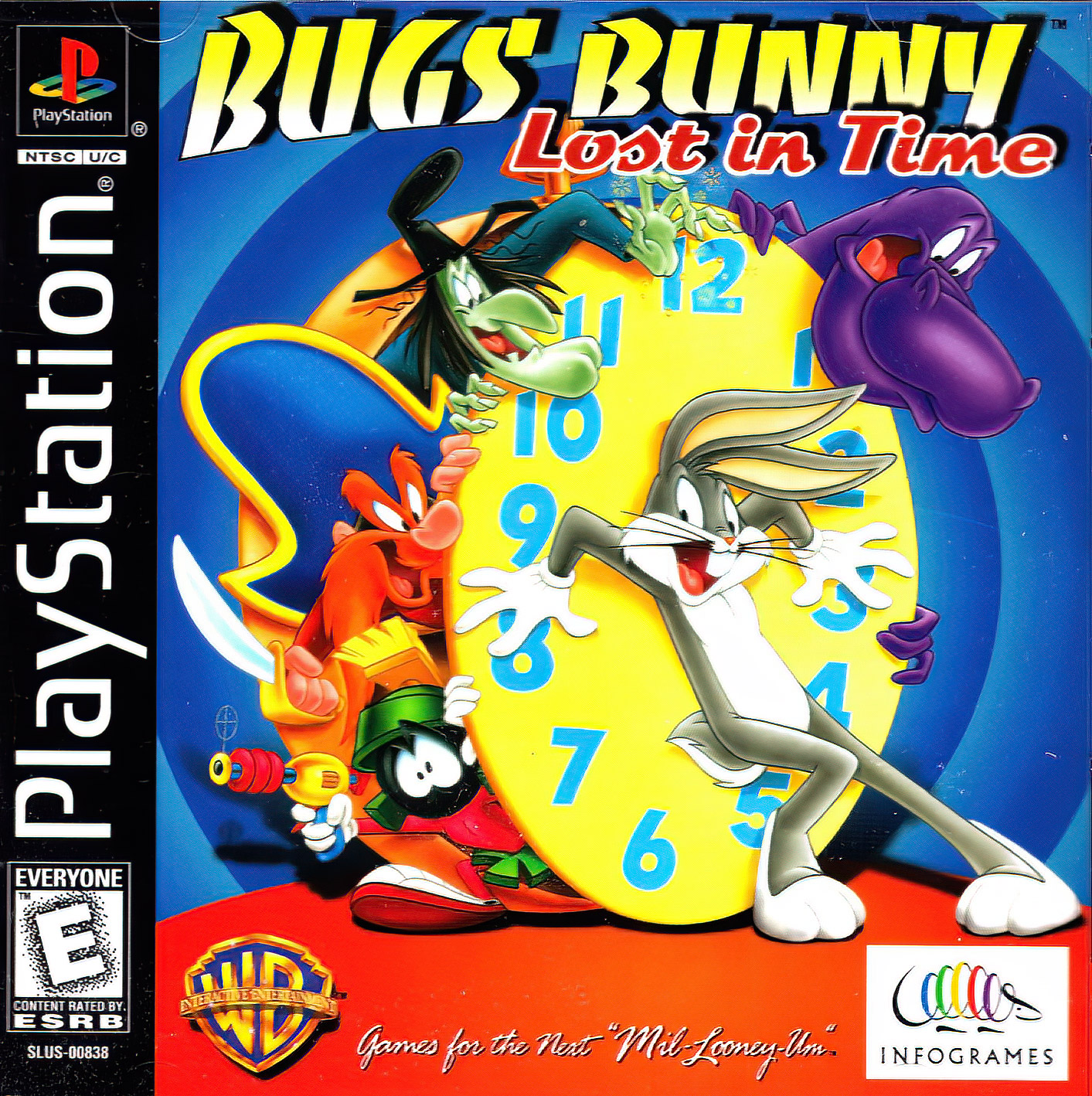
It makes sense in this day and age, knowing what we know as a collective video game to beware a licensed tie-in product, particularly when it comes to video games. Developers are more than likely hired to make the cheapest and fastest product possible to be released with a PR event like a new movie release.
Bugs Bunny: Lost in Time thankfully breaks this well-known cycle by giving its own rendition of Super Mario 64, but just on a much less grand scale.
Released in 1999 for PlayStation and Microsoft Windows, the game follows Bugs on his way to a vacation in Albuquerque and accidentally stumbles upon a time machine and ends up in “Nowhere”. Here, he meets Merlin the Magician who tells him he needs to collect enough clocks to power the time machine to get back to the right year.
The time travel angle of the narrative allows the developers to be a bit more liberal with the level design, jumping around from the likes of the Stone Age to Medieval times to the 1930s. Other members of the Looney Toons ensemble are cast as the boss character of each time zone, with characters like Yosemite Sam and Marvin the Martian all looking to impede Bugs’ progress.
The game has a moderate amount of difficulty, plenty of things to collect, puzzles that escalate in their amount of head-scratching, and all the charm one would expect from the legendary Looney Toons and their vintage humor.
Bugs Bunny: Lost in Time gets more points for being pleasantly surprising rather than revolutionary, and it is a fun adventure no matter what age you happen to be.
Disney’s Magical Quest trilogy
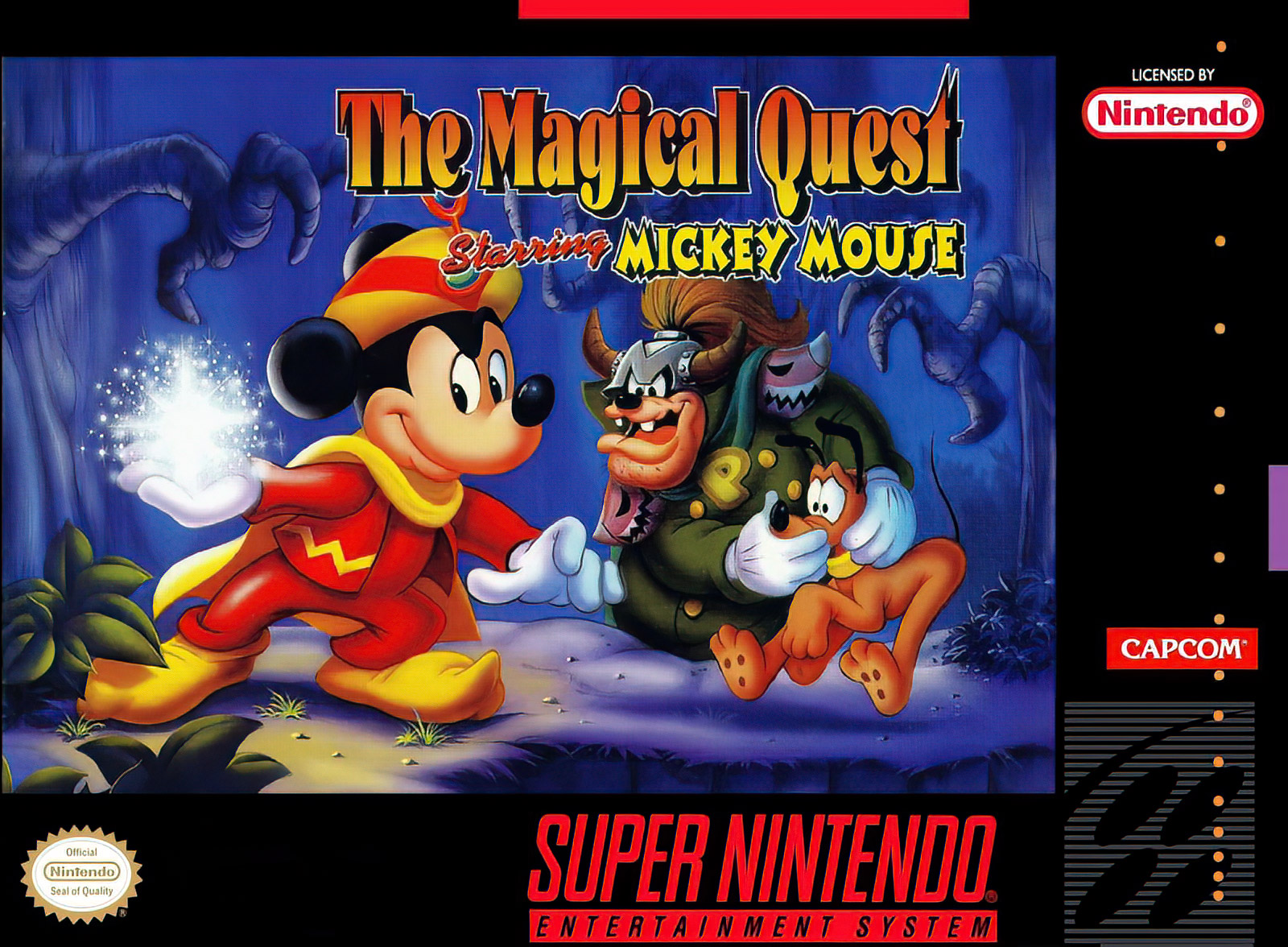
Disney, and by extension Disney Interactive Studios, have a mixed bag of games under their names. Titles like Aladdin, Kingdom Hearts, Quackshot, and the aforementioned Toy Story 2, all raise the degree and reputation thanks to their consistent level of quality, even more so impressive by the fact that the games vary in their genres and gameplay mechanics.
Yet for every one of those games you can counter the argument by looking at games like Brave, Disney’s Party, or Kim Possible: What’s the Switch? And frankly, it’s hard to argue for anything in some of the games’ favour.
During the golden years of gaming in the 1990s, the Sega Genesis/Mega Drive and the Super Nintendo were inundated with countless platformers, based on intellectual properties that children could easily identify with, and through the notion of “pester power”, ushered in a purchase from their parent’s bank accounts.
Disney was not backwards about being forward with this approach, and looked to get as many of its characters onto video game consoles as possible. This strategy may draw the cynical to deem that quantity cannot meet quality in equal measure, but for the most part, Disney games were at their worst functional and at their peak a delight to play for both children and parents alike.
One of the crowning achievements early on was The Magical Quest trilogy of games starring Mickey, with Minnie and Donald joining the second and third adventures respectively.
The Magical Quest Starring Mickey Mouse, the first in the trilogy, was released for the Super Nintendo in 1992, with a planned port to Sega Genesis abandoned. The game was re-released in 2002 for the Game Boy Advance. The Great Circus Mystery Starring Mickey & Minnie, later re-titled Disney’s Magical Quest 2 Starring Mickey & Minnie, was released for the Super NES and Genesis in 1994, and re-released for the Game Boy Advance in 2003. Disney’s Magical Quest 3 Starring Mickey & Donald never received an original release in North America or Europe, as it was a Japan-only title, for the Super Famicon by Nintendo. Later, the game was re-released between 2003 and 2005 on the Game Boy Advance in all international markets.
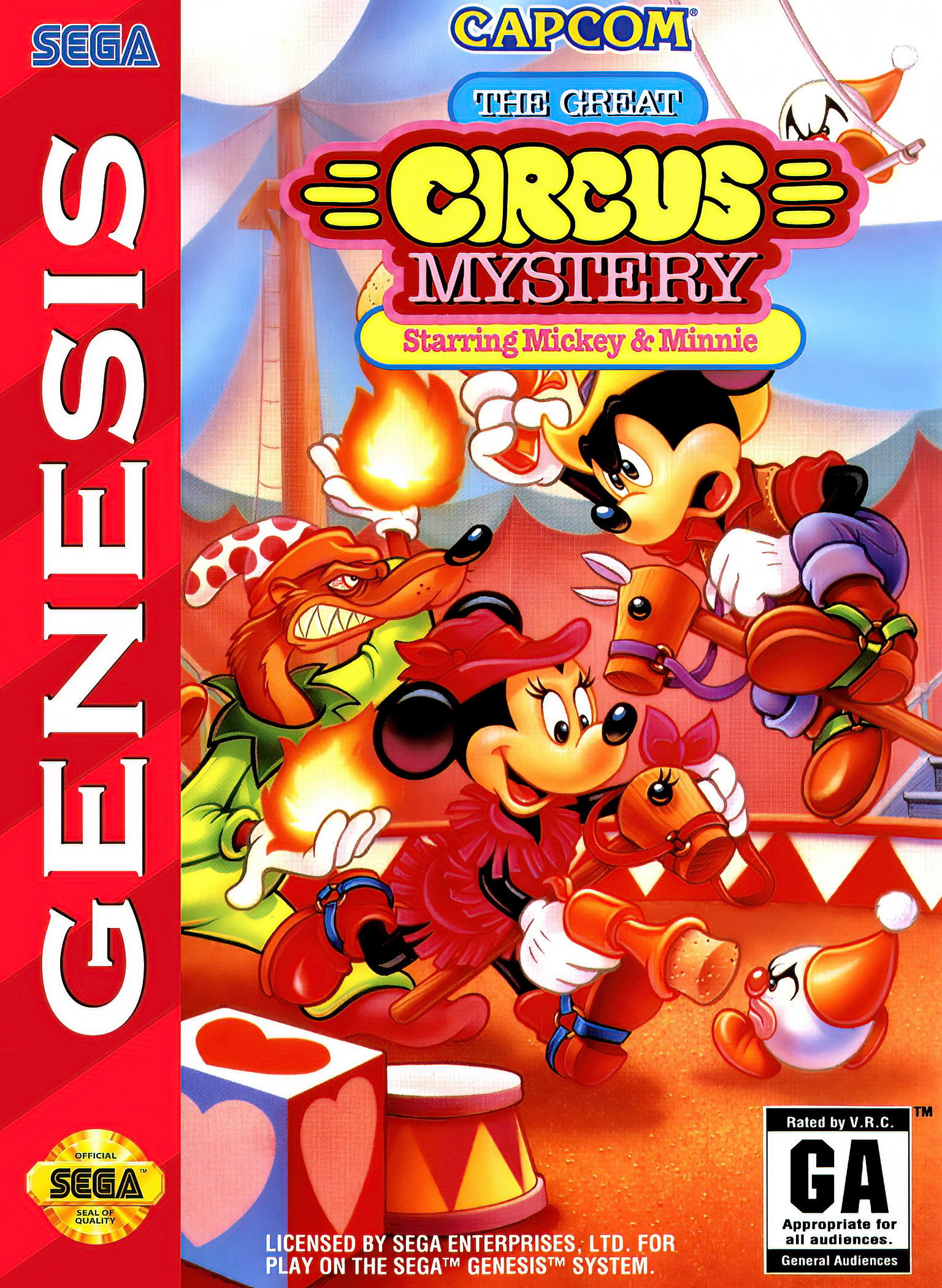
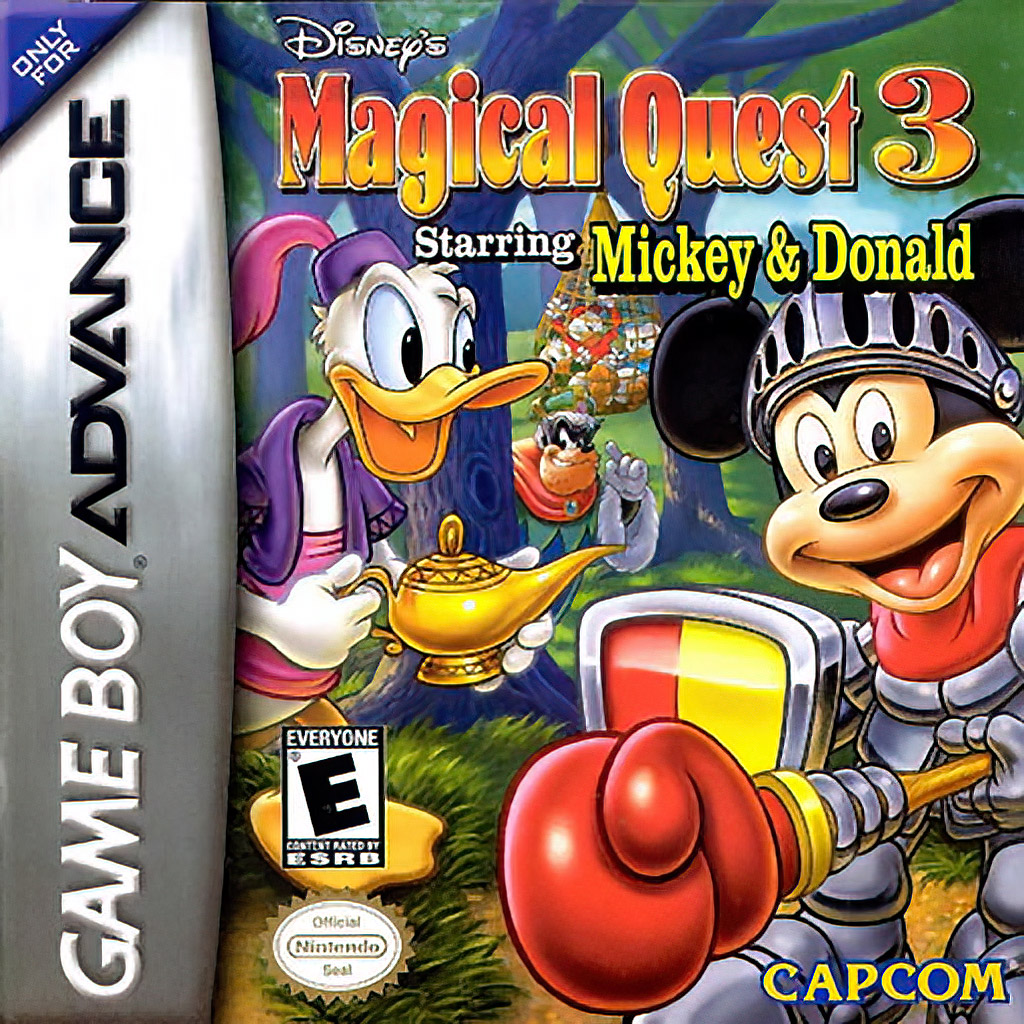
The games are beautiful, with an aura of Disney charm exuding from them and the distinct pop of Saturday morning cartoons jumping right out of the screen. The platforming is both balanced and challenging. The mechanic of Mickey’s costumes that give him special abilities works fantastically with the gameplay, interweaving itself into a title worthy of the Mouse’s name.
Army Men: Air Combat / Air Attack 2
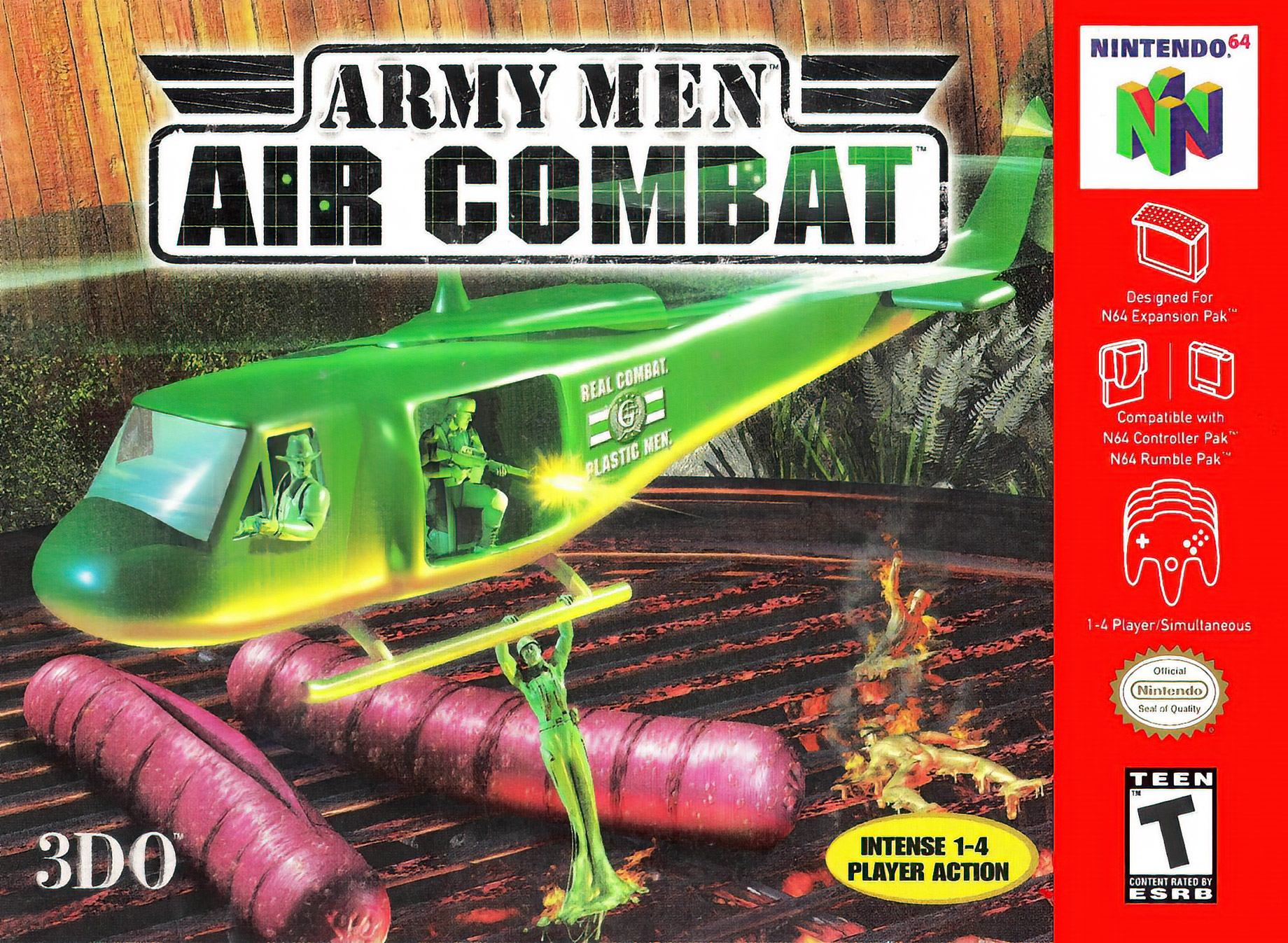
Overall, the Army Men series has had a somewhat up and down history, with most games in its repertoire being rated low by critics. Still, the three games did not lack imagination, creativity, and execution.
Many gamers are partial to the 1999 title Sarge’s Heroes, where you run around in a hybrid plastic real-world environment as a first-person shooter. Still, at the same token, the awkward controls and anachronistic saving system did not bode well for the overall experience. You were better off to be still playing GoldenEye 007 from 1997. A much more objectively good game in this series is the less-discovered Army Men: Air Attack (or Air Combat for Nintendo 64 and Game Boy Color versions) and its sequel Air Attack 2, both released in 2000, and received its most success on PlayStation.
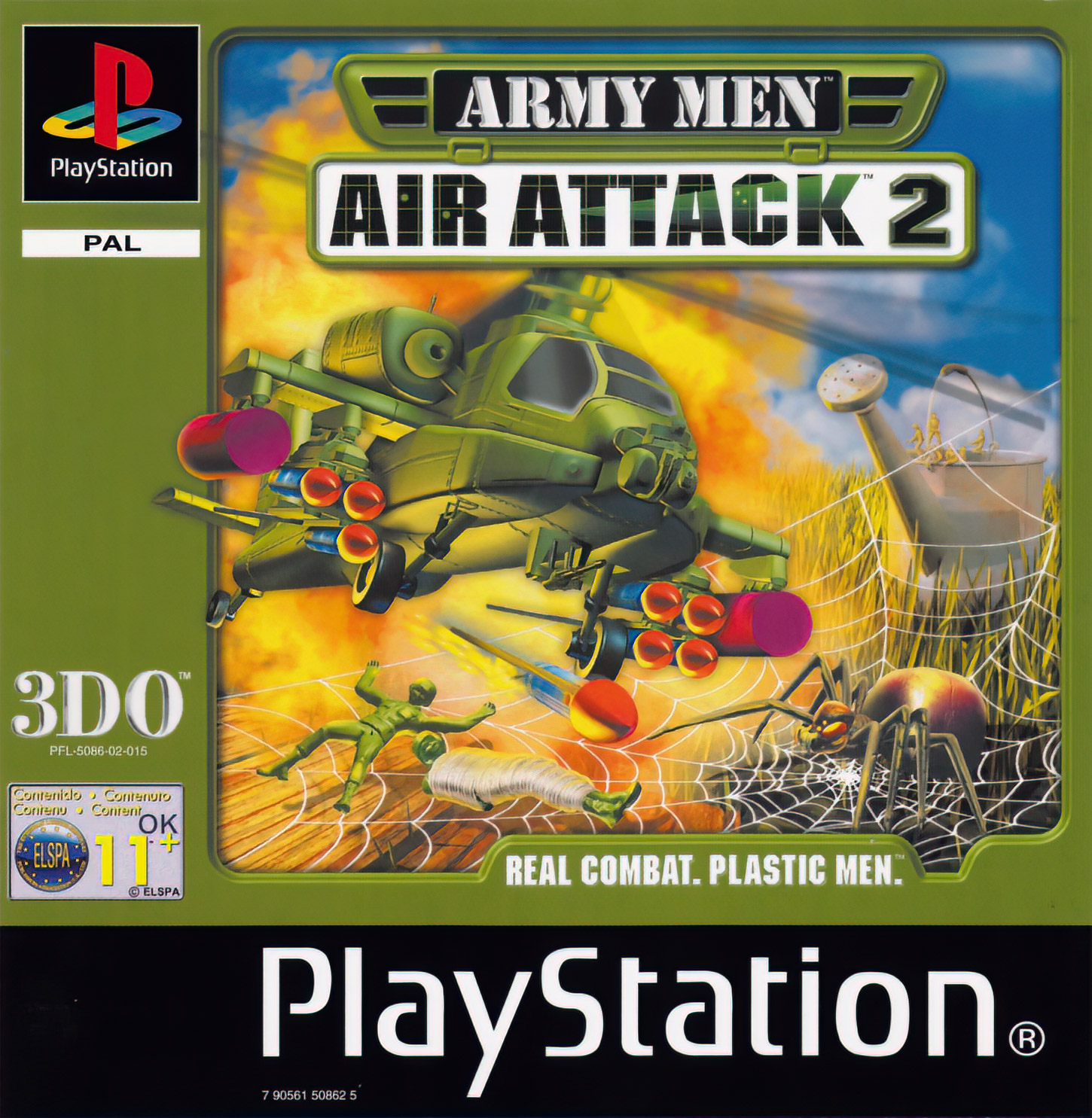
Taking on the role of Captain William Blade in the Green Army’s Alpha Wolf Squad, you pilot attack helicopters in missions against the age-old enemy of the Tan Army, as well as real-world threats like spiders, bees, and ants.
While third-person shooting from the perspective of a helicopter isn’t to everyone’s taste, the game makes sleek and logical use of the vehicular medium with things like the winch being used to pick up special ammo and health crates, as missions involving protecting convoys and rescuing prisoners of war add to the experience.
The game also features elements of personalization when approaching each mission, with the ability to select different helicopters with varying stats in areas like mobility and health, along with co-pilots with various passive benefits. This allows you to at least feel like you have some agency over the missions and how you want to tackle them.
The action is much more frantic and fast-paced than most Army Men games, and the chaos of a warzone translates very well. Dominating a battlefield from the comfort of your cockpit as you bob and weave through machine-gun fire while blowing up tanks and bases has a satisfying twang that is hard to come by in most games.
Graphically not the best by any means, the fun and action to be had in both Air Attack games are some of the most fun you can have in the Army Men games.
